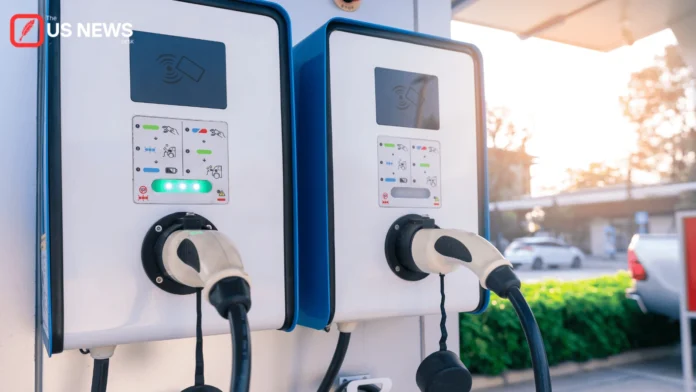The United States is in the middle of a historic transition. Electric vehicle (EV) factories are springing up from Georgia to Michigan, touted as engines of growth, clean energy, and new-age jobs. Federal incentives under the Inflation Reduction Act and state-level subsidies have created a gold rush for automakers.
But behind the celebratory headlines lies a more complicated reality. Communities hosting these billion-dollar plants are beginning to ask a difficult question: who really wins when EV factories move in?
The Promise of Prosperity
On paper, EV factories bring undeniable benefits. Automakers promise thousands of jobs, multi-billion-dollar investments, and an image boost for towns transitioning away from coal, steel, or manufacturing losses.
Take Ford’s planned BlueOval City in Tennessee—projected to generate 6,000 jobs. Or Hyundai’s EV plant in Georgia, expected to pump billions into the regional economy. These announcements dominate national media and government press releases, positioning EV plants as saviors of American industry.
The U.S. Department of Energy even describes EV manufacturing as “a cornerstone of America’s clean energy future.”
The Hidden Costs: Land and Labor
Yet, communities on the ground often face tradeoffs rarely discussed in glossy economic reports.
1. Land Grabs and Displacement
To build these massive plants, local governments often invoke eminent domain or provide large parcels of agricultural land at cut-rate prices. In some Midwest counties, farmers have been forced to sell long-held land to accommodate factories, creating resentment and eroding generational ties to the soil.
2. Labor Disputes
While factories bring jobs, many are non-unionized and offer wages lower than traditional auto manufacturing plants. Workers at new EV facilities have already voiced concerns over pay disparities and safety conditions. The Economic Policy Institute reports that unionized auto workers earn 15–20% more on average than their non-union counterparts—a gap that risks widening in the EV era.
Housing and Inflation Pressures
One of the most pressing issues is housing inflation. When thousands of new workers arrive, housing demand skyrockets. In towns with limited rental or residential capacity, rents and home prices climb sharply.
This has been evident in Kentucky, where a joint Toyota-Battery venture drove rents up nearly 18% in nearby towns within two years. Local families—who were already struggling—find themselves priced out of neighborhoods they have lived in for decades.
Such housing strains also raise the cost of living, offsetting many of the job gains EV plants are supposed to provide.
The Subsidy Question
Billions in state and federal subsidies flow into EV projects, often in the form of tax breaks and infrastructure spending. While these deals are framed as investments in the future, they also represent foregone revenue for schools, hospitals, and community services.
Critics argue that local governments are sacrificing too much for uncertain returns. If EV demand cools or companies downsize, communities could be left with empty facilities and massive public debts.
Regional Winners and Losers
The EV boom has uneven effects across regions:
- Winners: Communities with strong housing markets, established transportation networks, and access to skilled labor see genuine economic gains.
- Losers: Smaller towns with fragile infrastructures face displacement, inflation, and little long-term growth if jobs don’t materialize as promised.
Midwest towns, in particular, face a dilemma: while EV plants can replace lost manufacturing jobs, they also accelerate demographic and cultural shifts that locals struggle to absorb.
Political and Social Tensions
The arrival of EV factories is reshaping local politics. Some residents support the clean-energy shift, while others see it as a corporate takeover. Protests against land seizures, wage disputes, and subsidy deals have become more frequent, forcing state leaders to balance the optics of economic development with grassroots frustrations.
Looking Ahead
EV factories are not disappearing—they are expanding rapidly. By 2030, analysts predict that the U.S. will host more than 40 battery and EV assembly plants. But unless policymakers address land rights, labor protections, and housing affordability, the question will linger: are these factories building sustainable communities, or simply extracting resources from them?
The truth is likely somewhere in between. The EV revolution may power the nation’s green transition, but for many towns, the costs are already being felt more sharply than the benefits.
Conclusion
The story of EV factories is not simply one of progress. It is a balancing act between national priorities and local realities. Communities may gain jobs and visibility, but they also risk higher living costs, cultural dislocation, and economic dependency.
As the U.S. accelerates its electric future, the debate over who really wins will define the next chapter of industrial America.




